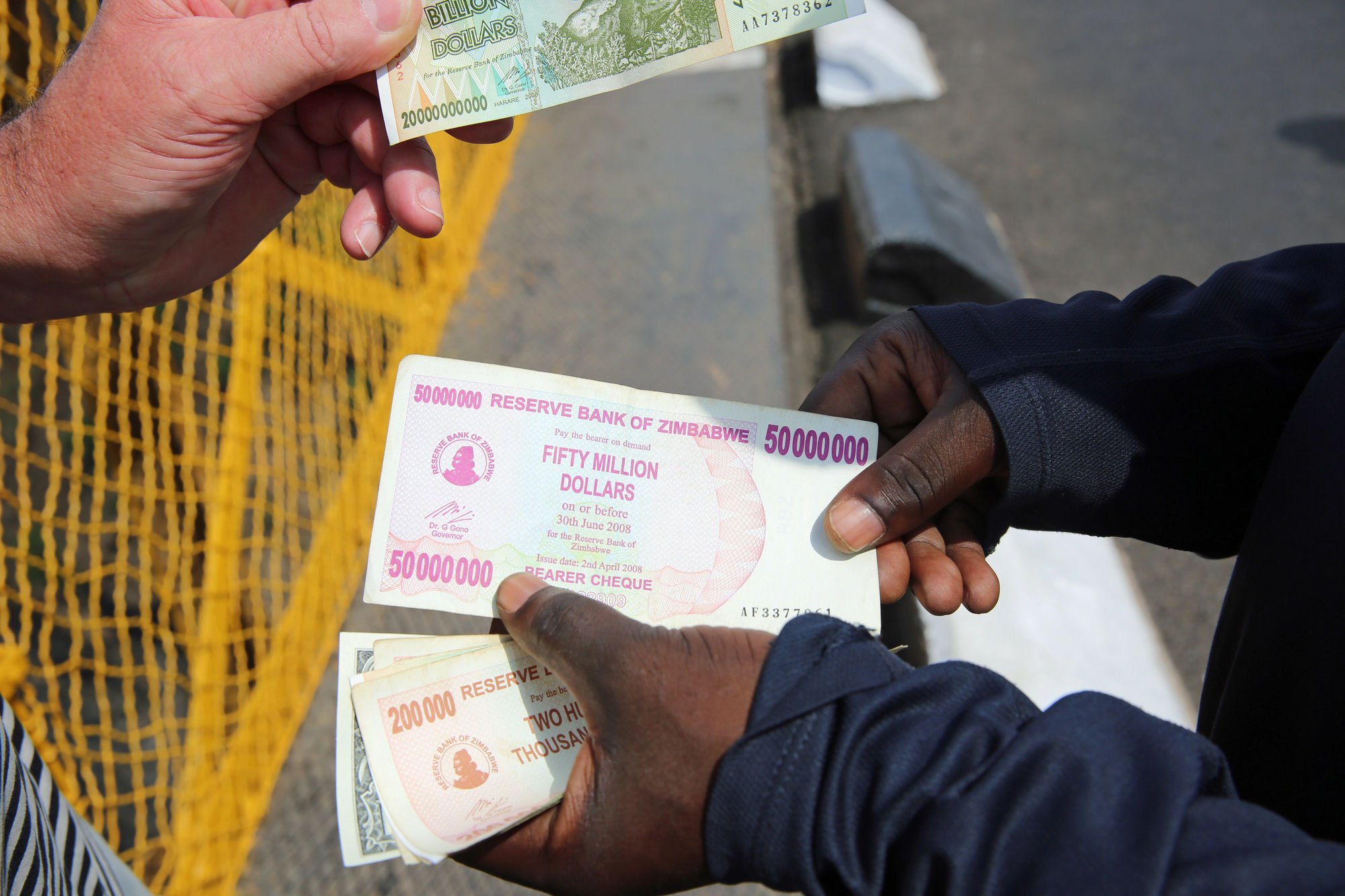The Zimbabwe ZiG currency has held quite well in the past four months as the government intensified plans to make it the country’s main medium of exchange. Data by the central bank shows that the USD to ZiG exchange rate was trading at 13.7, slightly higher than its first day open of 13.4.
Zimbabwe ZiG has been stable
Zimbabwe has been battling to create a stable currency for decades. Its initial currency imploded after the Robert Mugabe administration printed more to fund the government. In 2019, the government unveiled the RTGS Zimbabwe dollar in 2019, which also crashed earlier this year.
In April, the central bank created a new currency backed by gold and foreign currency. In its recent update, the bank said the currency’s total reserves have soared to over $375 million.
This currency has been relatively stable, a move that the government has welcomed and hinted that it hopes will make it the main currency by 2026. The central bank had hinted that the ZiG would become the main legal tender by 2030.
ZiG faces substantial risks
Still, Zimbabwe faces major challenges in achieving this goal. First, while the use of the Zimbabwe ZiG has grown, it still accounts for a small portion of trade. Instead, most people and government agencies still accept the US dollar, which accounts for over 80% of trade. Indeed, some analysts believe the ZiG is stable because of its rarity.
Second, the Zimbabwe ZiG is merely an experiment that has not been tried before. Some countries have only pegged their currencies to other fiat currencies. The Namibia dollar is pegged to the South African rand, while the Hong Kong dollar is pegged to the US dollar.
These countries have invested in other currencies to simplify the intervention process so that this peg works well. Hong Kong has over $420 billion in foreign reserves, meaning that the central bank can intervene effectively in periods of strain.
In this case, the Zimbabwe Central Bank needs to have substantial gold and dollar reserves to support the currency.
Additionally, the biggest hurdle will be building trust among Zimbabwe’s residents and companies, who have lost substantial sums of money as the other currencies have imploded.
Zimbabwe’s battle to create a stable currency has seen many residents move to the US dollar, creating a sense of stability. Inflation in dollar terms has been stable in the past few months compared to the defunct Zimbabwe dollar.
Other Zimbabweans have moved to the crypto industry, with the use of stablecoins like Tether rising. Tether ensures stability by being pegged on the US dollar on a 1:1 ratio. However, in a country where most people live on less than a dollar per day, Tether is only used by a few people.













